By Megan Senseney
Chamber Pots
Chamber pots were containers for collecting urine overnight. Back in old Edinburgh, you always have to be alert for the shout of 'garde loo,' which is French for 'watch out for the water.' If you're not quick enough, you could find yourself being showered with the contents of chamber pots hurled from tenement windows.
Privies and Garderobe
In Tudor houses, toilets were a bowl with a slab of wood and a hole carved at the top. Builders set the toilet into a recess or cupboard-like area called a garderobe. In castles, a slab of wood covers a hole in the floor that took waste products straight into the moat. Poor people didn't have the luxury of toilets, so they simply relieved themselves wherever they could and just buried the waste matter.
Leaves or Moss as Toilet Paper
Neither rich nor poor people had toilet paper. Poor people used leaves or moss to wipe their bottoms while the rich used lamb's wool instead. Kings had a royal bum wiper known as the 'Groom of the Stool.'
Cesspits
Ceruse Lead Makeup Poisoned People
Ceruse was the foundation make-up choice for both men and women as it gave them a smooth, pale look. However, it contained lead that seeped into the body through the skin, leading to poisoning.
Lead-Lined Water Tanks
Even though the rich paid for private water companies for their drinking and other water needs, the water that they consumed was not exactly better than those of peasants. The main water supply came from elm trunks and domestic pipes lined with lead. Water also required storage in large lead tanks and often became stagnant.
Nose-Gays When Walking in a Crowd
A nose-gay was something to keep the smells at bay, usually held in the hand or on the wrists on a lapel. It could be a small bouquet of flowers or a sachet of dried flowers and herbs. People held it up to their noses while walking in a large crowd.
People Bathed Using the Same Water
Public baths were popular during the 13th century. But because of the scarcity of firewood used to heat the bath, bathing became an expensive practice. Whole families and friends had to share a bath, or many of them would remain dirty.
Laundry Was Scoured in Lye Made of Ashes and Urine
Ancient Romans believed in the ability of urine to remove stains. Until the medieval times, people used lye made of ashes and urine in order to clean their clothes.
No Changing of Clothes
King James VI of Scotland wore the same clothes for months on end, even sleeping on them on occasion. He also kept the same hat on 24 hours a day until it fell apart. He didn't take a bath as he thought it was bad for his health. Lice Infested Wigs
Nits and lice were common back then, so many of the more wealthy folks would shave their natural hair and wear periwigs instead. Unfortunately, even periwigs could be infested with nits, especially during plagues.
Bird Droppings on the Bed
Houses in the past didn't have the protective roofing that houses have today, so it wasn't unusual for bugs, pests, and droppings to fall onto the clean bedding. People then invented four-poster beds in order to keep a canopy that would catch all unpleasant stuff falling from the roof and not soil the bedding.
Infection from Rushes
One of the biggest sources of infection during the medieval times was the use of rushes or straws to cover up the natural dirt floor of a building. Although people often changed the top rushes, they did not do the same to the bottom layer, hence leading to all manner of possible infection sources.
Mousey Eyebrows
People were already fashion-conscious during the medieval times. When their eyebrows did not look fashionable, they often masked them with tiny pieces of skin from a mouse.
A Peculiar Cure to Baldness
Men had to combine potassium salts with chicken droppings, and then place the mixture on the affected area. If they wanted to remove unwanted hair from any area of the body, they had to make a paste consisting of eggs, strong vinegar, and cat dung, and then apply it to the area where they want to remove hair.
Chamber pots were containers for collecting urine overnight. Back in old Edinburgh, you always have to be alert for the shout of 'garde loo,' which is French for 'watch out for the water.' If you're not quick enough, you could find yourself being showered with the contents of chamber pots hurled from tenement windows.
In Tudor houses, toilets were a bowl with a slab of wood and a hole carved at the top. Builders set the toilet into a recess or cupboard-like area called a garderobe. In castles, a slab of wood covers a hole in the floor that took waste products straight into the moat. Poor people didn't have the luxury of toilets, so they simply relieved themselves wherever they could and just buried the waste matter.
Leaves or Moss as Toilet Paper
Neither rich nor poor people had toilet paper. Poor people used leaves or moss to wipe their bottoms while the rich used lamb's wool instead. Kings had a royal bum wiper known as the 'Groom of the Stool.'
Since the sewage system back then was not yet proper, people had to make do with burying much of their waste material in a cesspit in their cellar or garden. People should have emptied these cesspits regularly, but only a few of them did. The stench was overwhelming especially during summer and winter.
Ceruse Lead Makeup Poisoned People
Ceruse was the foundation make-up choice for both men and women as it gave them a smooth, pale look. However, it contained lead that seeped into the body through the skin, leading to poisoning.
Even though the rich paid for private water companies for their drinking and other water needs, the water that they consumed was not exactly better than those of peasants. The main water supply came from elm trunks and domestic pipes lined with lead. Water also required storage in large lead tanks and often became stagnant.
A nose-gay was something to keep the smells at bay, usually held in the hand or on the wrists on a lapel. It could be a small bouquet of flowers or a sachet of dried flowers and herbs. People held it up to their noses while walking in a large crowd.
Public baths were popular during the 13th century. But because of the scarcity of firewood used to heat the bath, bathing became an expensive practice. Whole families and friends had to share a bath, or many of them would remain dirty.
Laundry Was Scoured in Lye Made of Ashes and Urine
Ancient Romans believed in the ability of urine to remove stains. Until the medieval times, people used lye made of ashes and urine in order to clean their clothes.
No Changing of Clothes
King James VI of Scotland wore the same clothes for months on end, even sleeping on them on occasion. He also kept the same hat on 24 hours a day until it fell apart. He didn't take a bath as he thought it was bad for his health. Lice Infested Wigs
Nits and lice were common back then, so many of the more wealthy folks would shave their natural hair and wear periwigs instead. Unfortunately, even periwigs could be infested with nits, especially during plagues.
Houses in the past didn't have the protective roofing that houses have today, so it wasn't unusual for bugs, pests, and droppings to fall onto the clean bedding. People then invented four-poster beds in order to keep a canopy that would catch all unpleasant stuff falling from the roof and not soil the bedding.
Infection from Rushes
One of the biggest sources of infection during the medieval times was the use of rushes or straws to cover up the natural dirt floor of a building. Although people often changed the top rushes, they did not do the same to the bottom layer, hence leading to all manner of possible infection sources.
Mousey Eyebrows
People were already fashion-conscious during the medieval times. When their eyebrows did not look fashionable, they often masked them with tiny pieces of skin from a mouse.
A Peculiar Cure to Baldness
Men had to combine potassium salts with chicken droppings, and then place the mixture on the affected area. If they wanted to remove unwanted hair from any area of the body, they had to make a paste consisting of eggs, strong vinegar, and cat dung, and then apply it to the area where they want to remove hair.
Article reprinted from http://www.healthyway.com


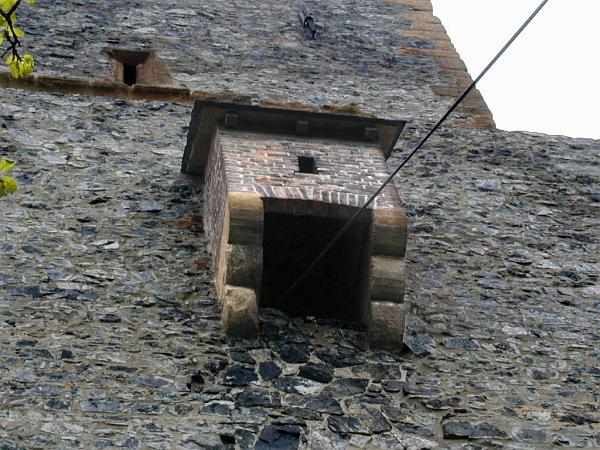
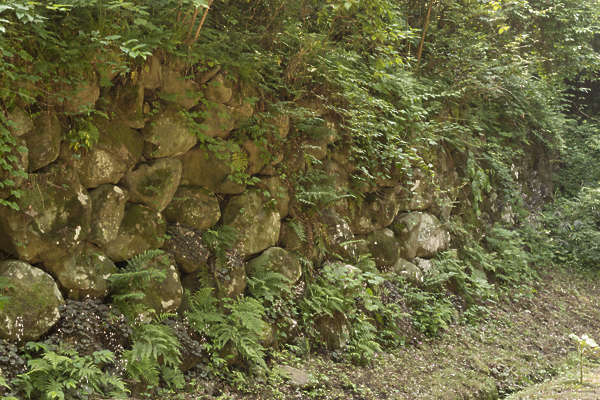



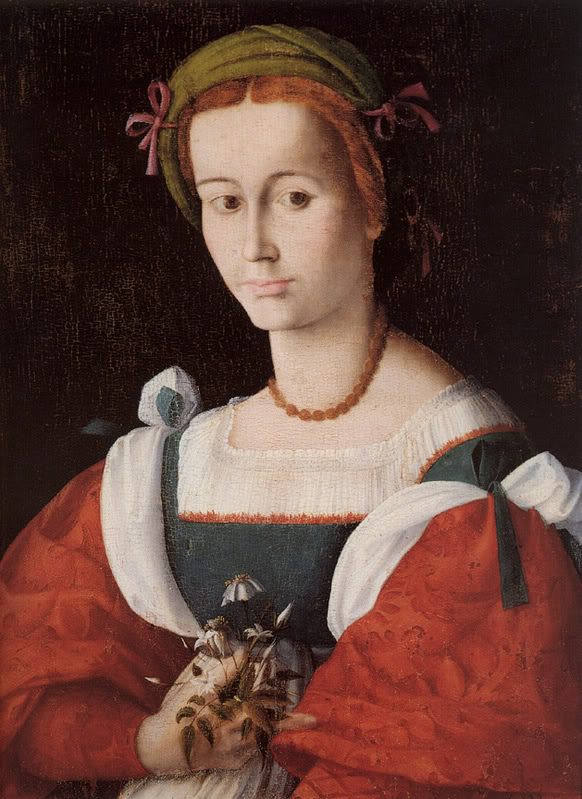

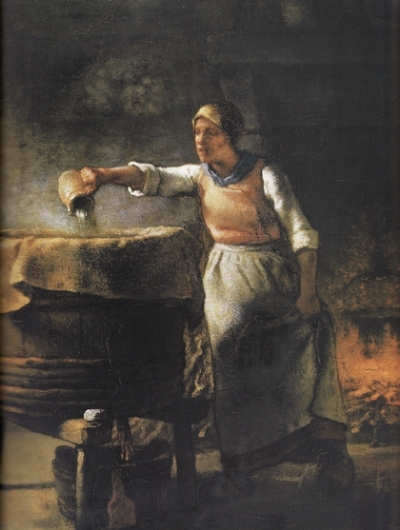




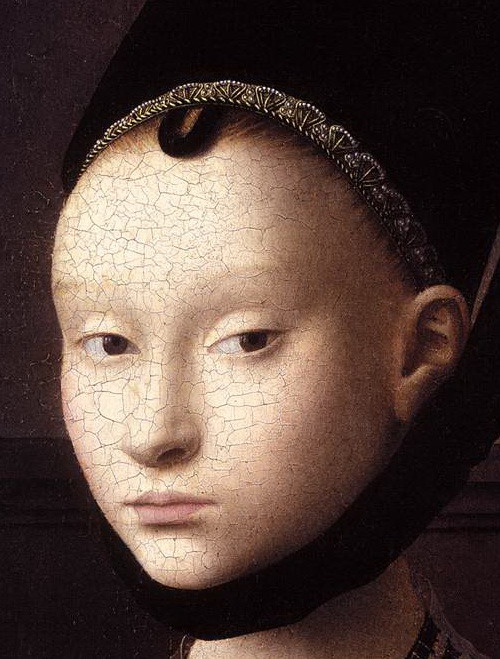



6 comments:
no wonder they had plagues!
"Houses in the past didn't have the protective roofing that houses have today"
Uh... what exactly is that supposed to mean? That they didn't have roofs? Because they most certainly did. What is meant here by "protective roofing?"
Really? You can't figure out that it probably means a sealed roof. Thatch, leaves, mud and other materials covered the tops of houses but were not exactly air and water tight.
Nicely written -This post is equally informative as well as interesting.Thank you for information you been putting on making your site such an interesting If you have time please visit my trenchless sewer repair New York page.
I guess it can only mean they were not as -proof as they are now. Holes and inconsistencies made them more permeable.
Probably straw or cheap plank roofing
Post a Comment